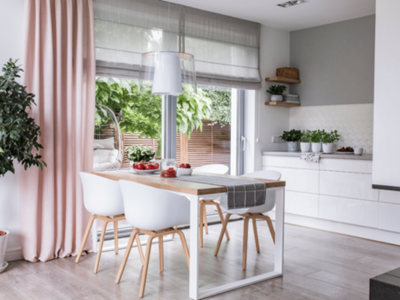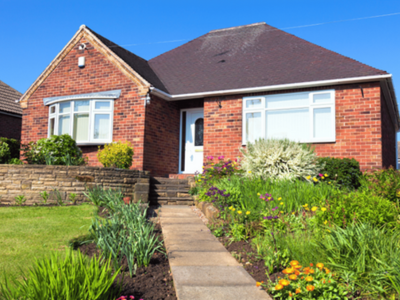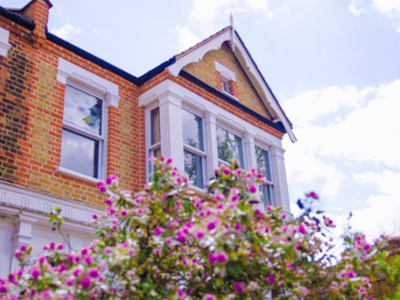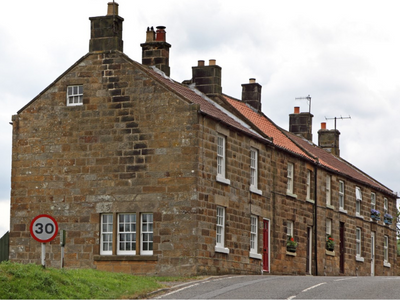Blog
- Details
- Hits: 1797
As temperatures in Britain reach soaring heights this summer, we know how you may be battling to keep your home comfortable and cool during a heatwave. There are simple, affordable, and eco-friendly ways to make it more bearable when the temperature rises. At Deakin-White we have put together some of our favourite tips to keep your home cool so you can survive the summer with ease.
- Details
- Hits: 2154
Home staging is an important step in selling a house, but it's easy to make mistakes that can turn off potential buyers. When it comes to outdoor home-staging, even small details can make a big difference. Knowing which mistakes to avoid can help sellers create an inviting exterior space that will attract more buyers. Now the summer is here, buyers will be wanting to find alluring gardens and relaxing nooks. This is why our team have put together the most common outdoor home staging mistakes and how to prevent them.
- Details
- Hits: 1933
Over the last few years, home ownership has felt like it has become further out of reach for many first-time home buyers. With rising home prices, a shrinking number of properties on the market, high interest rates making mortgages a challenge, and ever-increasing competition. The housing market can seem like an unfair game. Recent property market reports suggest that the housing game may be shifting, and with the introduction of new mortgage products, offering more opportunities than ever before. Is the housing game changing for first-time buyers?
- Details
- Hits: 1985
Spring is the season of new beginnings; it is no surprise that it can also be a popular time for people to decide to move home. Yet it has been a rocky road to the housing market over the last few months, and therefore, we know you will be grateful for a bit of insight. Thankfully, Zoopla have released their latest house price index, which may help you make decisions on when is best for you to buy or sell your home.
- Details
- Hits: 1825
Buying and selling a house at the same time can be an overwhelming experience, but it doesn't have to be. For a stress-free experience, you need to not only have a plan but you also need the right team around you. With the right strategy and some planning, you can successfully simultaneously buy and sell a house without feeling like you're going to lose your mind in the process.
- Details
- Hits: 1628
The pandemic saw many shifts in how we wish to live and work, and this re-evaluation, in a way, began a change of era. There was an increase in families selling to buy a larger property so generations could live together rather than miles apart. On the flip side, many realised that size wasn’t everything and creating memories and having experiences needed to become a priority and were seduced by the idea of downsizing.
- Details
- Hits: 1660
There was a time when buying a property felt quite straightforward, but what the last few years have demonstrated is that things are certainly a bit more tricky. The housing market today is a very different animal with challenges at every stage, from finding a home to securing a decent mortgage to surviving the sales process with all its up and downs. To succeed in such a market requires a particular mindset; therefore, if you are looking for a property, we have put together a list of high effective habits used by today’s homebuyers.
- Details
- Hits: 1732
Not everyone has an Instagram-worthy bedroom every minute of every day. Our lives are busy, and there are, no doubt, spells where your bedrooms are perfect and others where they are a nightmare. We are all human, and often we keep things that we should have got rid of years ago, especially when it comes to our wardrobes. When it comes to preparing your home for sale, it is essential to think about home staging. Did you know that staging your property can often add between 5% and 8% to the sale price! Our team at Deakin-White have come together to create the top bedroom staging mistakes we have witnessed so potential buyers only have sweet dreams about your home.
- Details
- Hits: 1838
According to new research by the probate lending experts at Tower Street Finance, 58% of UK adults say that they expect to inherit at least one residential property during their lifetime. Inheriting a property happens whilst you are in the midst of a grieving process when emotions are high. Often there are other members of the family that will be part of the decision making and thus it comes with many questions, and it is understandable that you will not know where to start. There are legalities, taxes and other associated costs; therefore, if you will be inheriting a property in the future, we hope this article answers some of your questions.












